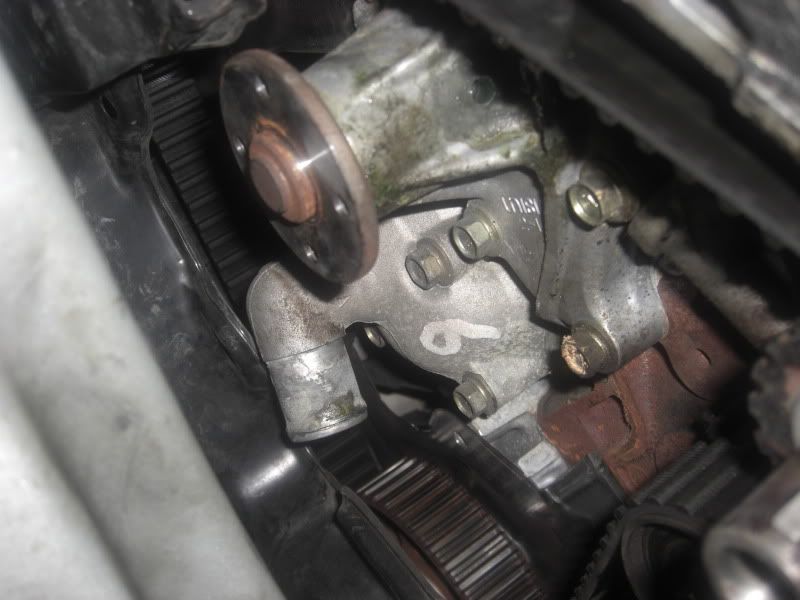There is RTV silicone gasket maker and there are gasket sealants that help a gasket stick in place and help it seal. I'm not sure what you are working on but I would not use RTV to seal cooling system parts, silicone sealer is better at resisting oil than coolant, so it is best for engine end seals, valve covers, differential covers. Silicone sealer may possibly get lodged in the thermostat. Unless directed different in a service manual, I would use paper gaskets for t-stat and water pump housings. They work good. You could use a gasket sealer with the gasket but I usually don't. you can use RTV for waterpump and t-stat housings but i think the gray gasket maker is more suitable, there is also one specifically for that, and there's also anerobic gasket makers.



